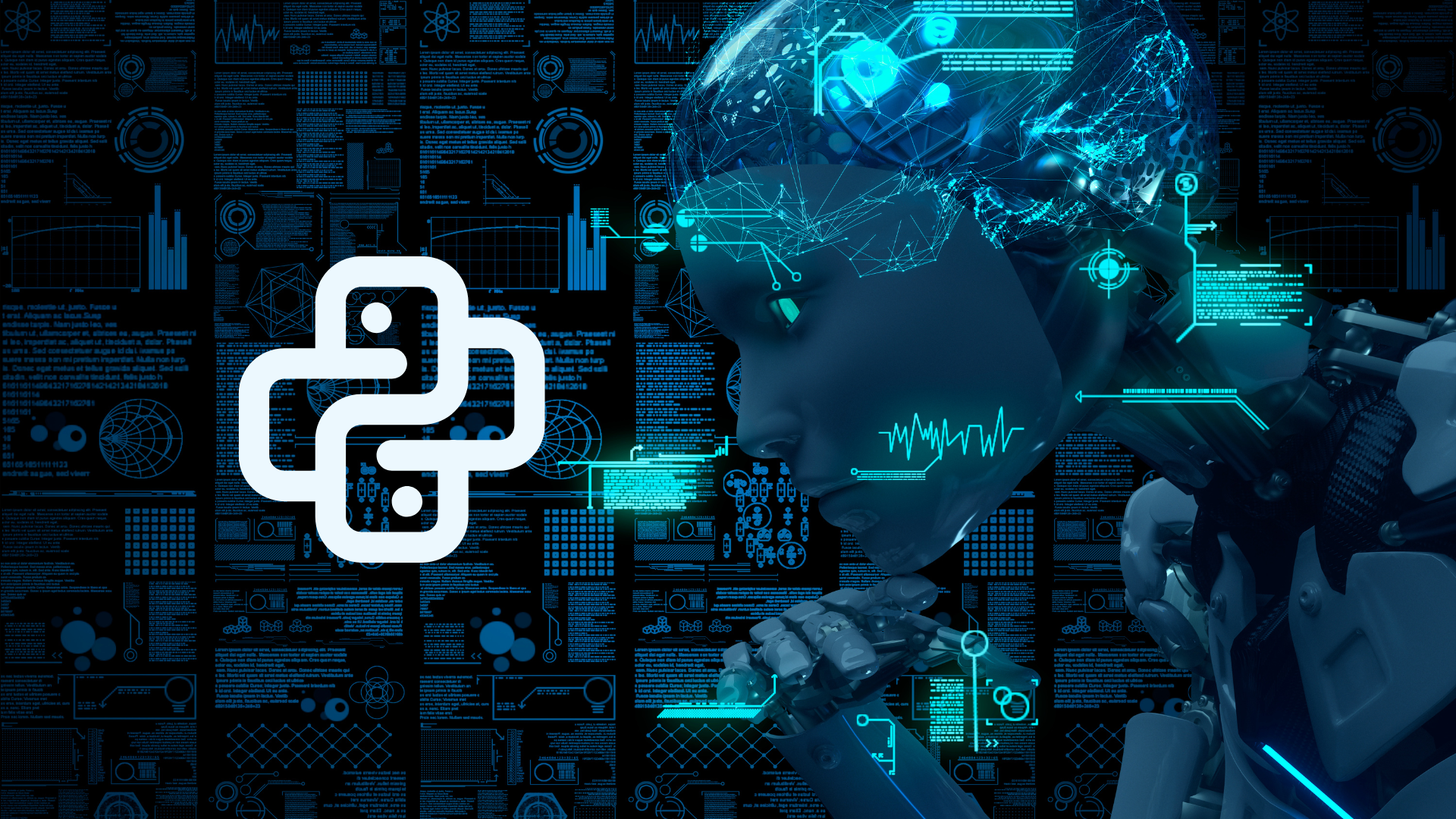Software Lifecycle Management (SLM) refers to the process of overseeing and managing the development, deployment, and maintenance of software. This process makes sure that the software meets the desired requirements and remains useful and works well throughout its lifespan.
The Stages of Software Lifecycle Management
- Planning
Every successful software project begins with careful planning. This stage involves defining the scope of the project, setting objectives, and determining the resources required. For example, if a startup wants to develop a mobile app, the planning phase would include identifying the target audience, outlining the app’s features, and estimating the budget and timeline.
- Design
Once the planning is complete, the next step is to design the software. This involves creating a blueprint that outlines the software’s architecture and user interface. For instance, in designing a new e-commerce website, the team would decide on the site’s layout, navigation, and overall look and feel.
- Development
In the development stage, the actual coding and creation of the software take place. Developers write the code based on the design specifications. Using our e-commerce website example, this is where the team builds the website, integrates payment systems, and ensures that all features function correctly.
- Testing
After development, the software undergoes rigorous testing to identify and fix any bugs or issues. This ensures the software performs as expected and provides a good user experience. For example, before launching the mobile app, the team would test it on various devices to ensure compatibility and smooth operation.
- Deployment
Once testing is complete, the software is ready to be deployed to the users. This involves installing and configuring the software in the user environment. In the case of our e-commerce website, this would mean going live, making the site accessible to customers.
- Maintenance
Software requires ongoing maintenance to ensure it remains functional and up-to-date. This includes fixing any issues that arise post-deployment, updating the software to add new features, and ensuring security. For instance, the team would continually update the e-commerce website to improve performance and add new functionalities based on user feedback.
Why Software Lifecycle Management is Important
Good Software Lifecycle Management makes sure that the software meets user needs and stays reliable over time. It helps businesses avoid costly mistakes, reduces the risk of project failure, and makes sure that the final product is of high quality.
Consider a mid-sized company that decides to develop a custom CRM (Customer Relationship Management) system. By following the stages of SLM, the company makes sure that the CRM system is designed to meet their specific requirements, developed quickly, thoroughly tested, easily deployed, and well-maintained. This results in a strong tool that improves their customer management processes and supports business growth.









